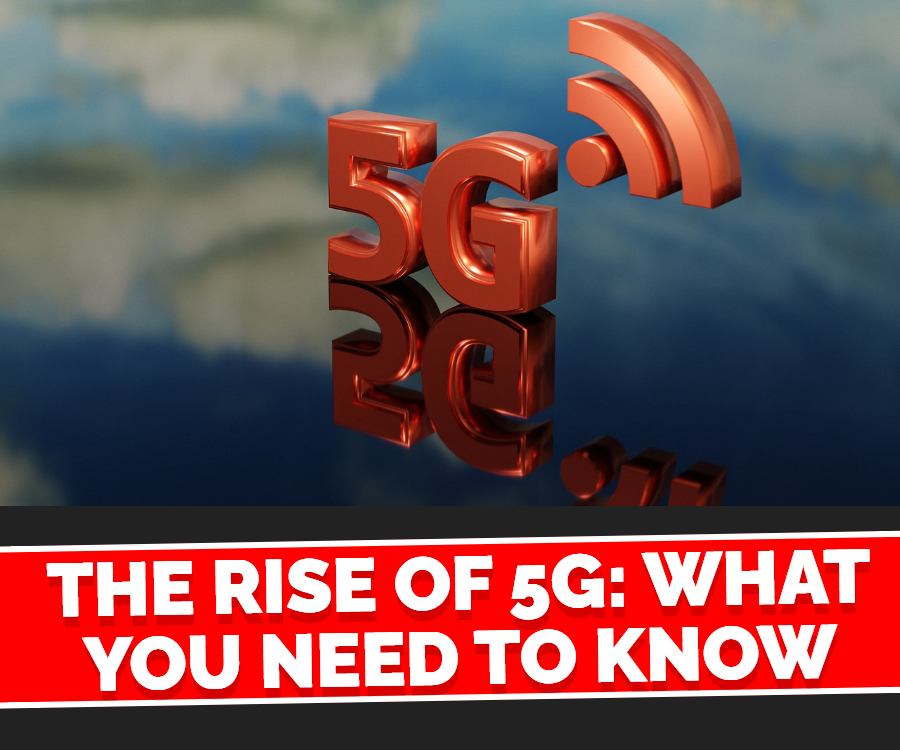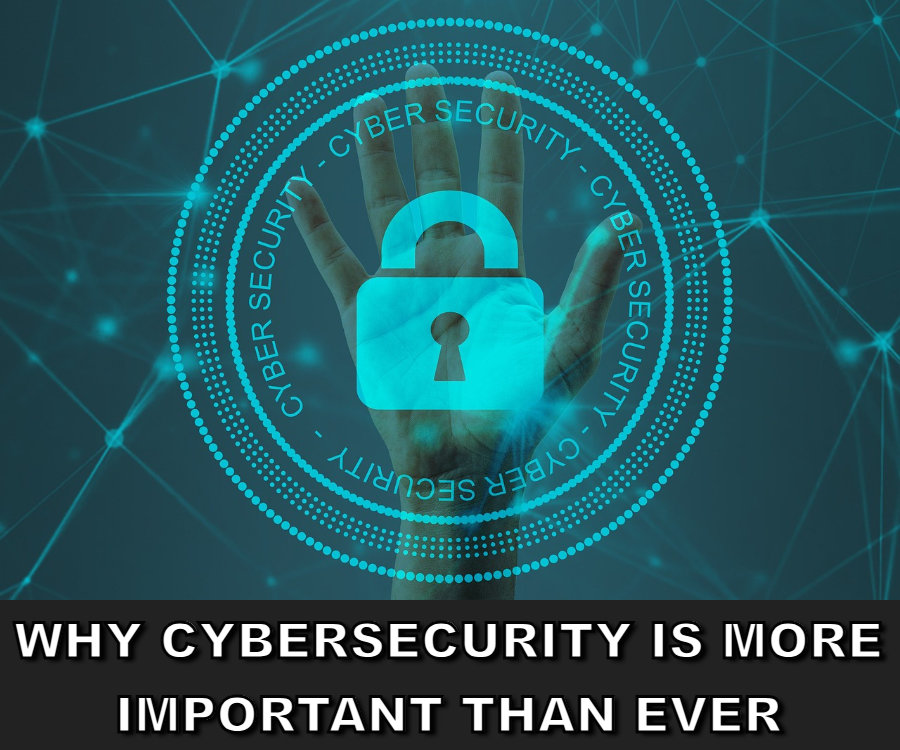
5G technology is revolutionizing the way we connect, offering faster speeds, lower latency, and greater network capacity than ever before. As more countries and companies adopt this next-generation wireless technology, it’s essential to understand its benefits, challenges, and impact on various industries.
What is 5G?
5G, or the fifth generation of mobile networks, is designed to provide ultra-fast data speeds, improved connectivity, and enhanced reliability. Unlike its predecessors (3G and 4G), 5G operates on higher frequency bands, allowing for increased bandwidth and reduced network congestion.
Key Benefits of 5G
- Blazing-Fast Speeds
- 5G can deliver data speeds up to 100 times faster than 4G, making downloads and streaming almost instantaneous.
- Ultra-Low Latency
- With response times as low as 1 millisecond, 5G enables real-time interactions, essential for applications like gaming, autonomous vehicles, and remote surgery.
- Greater Network Capacity
- 5G can support more connected devices simultaneously, improving network efficiency in crowded areas.
- Enhanced Connectivity
- The technology ensures better coverage and reliable connections, reducing dropped calls and buffering issues.
- Energy Efficiency
- 5G networks consume less power per bit of data transmitted, making them more sustainable compared to previous generations.
How 5G is Transforming Industries
1. Healthcare
- Enables remote surgeries and telemedicine with real-time video and data transmission.
- Improves patient monitoring through wearable devices and IoT sensors.
2. Smart Cities
- Supports smart traffic management, energy-efficient infrastructure, and improved public safety.
- Enhances urban planning with data-driven insights.
3. Autonomous Vehicles
- Provides real-time vehicle-to-vehicle communication for safer and more efficient driving.
- Reduces accidents through advanced AI-driven traffic management.
4. Entertainment & Media
- Improves streaming quality with ultra-high-definition (4K/8K) video.
- Enhances virtual and augmented reality experiences.
5. Manufacturing & Industry 4.0
- Facilitates automation, robotics, and real-time monitoring in factories.
- Improves supply chain management and logistics.
Challenges of 5G Adoption
- Infrastructure Costs: Deploying 5G networks requires significant investment in new infrastructure.
- Device Compatibility: Not all smartphones and devices currently support 5G, requiring upgrades.
- Security Concerns: With more connected devices, cybersecurity threats and data privacy issues must be addressed.
- Regulatory Issues: Governments and telecom companies must navigate regulations and spectrum allocation challenges.
The Future of 5G
As 5G continues to expand globally, its full potential is yet to be realized. Future advancements in AI, IoT, and edge computing will further enhance its capabilities, paving the way for smarter cities, seamless automation, and a more connected world.
Conclusion
The rise of 5G marks a significant leap in technology, transforming industries and everyday life. While challenges remain, the benefits of faster speeds, lower latency, and improved connectivity make 5G a game-changer in the digital age. As adoption increases, staying informed about this evolving technology will be crucial for businesses and consumers alike.


